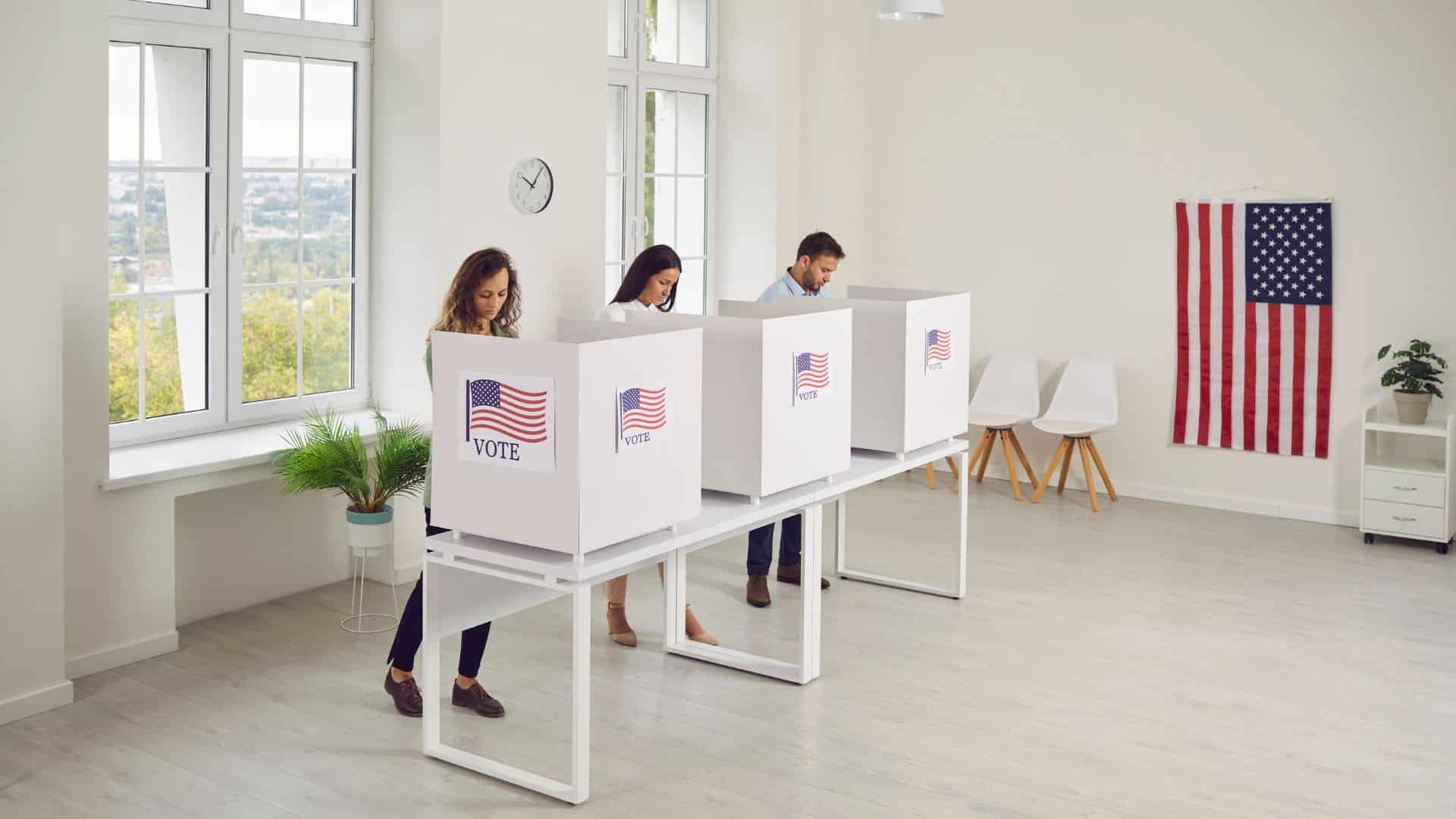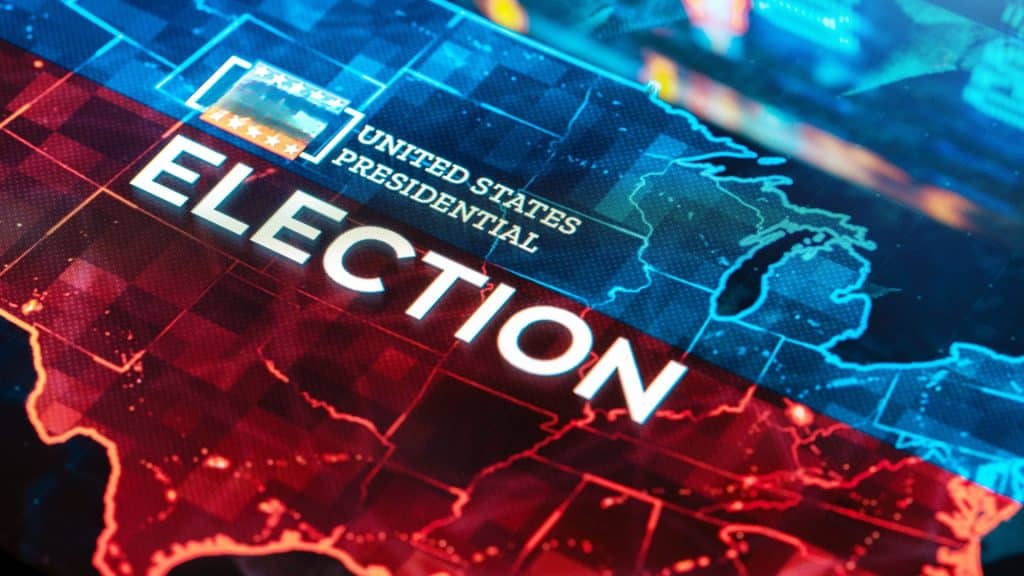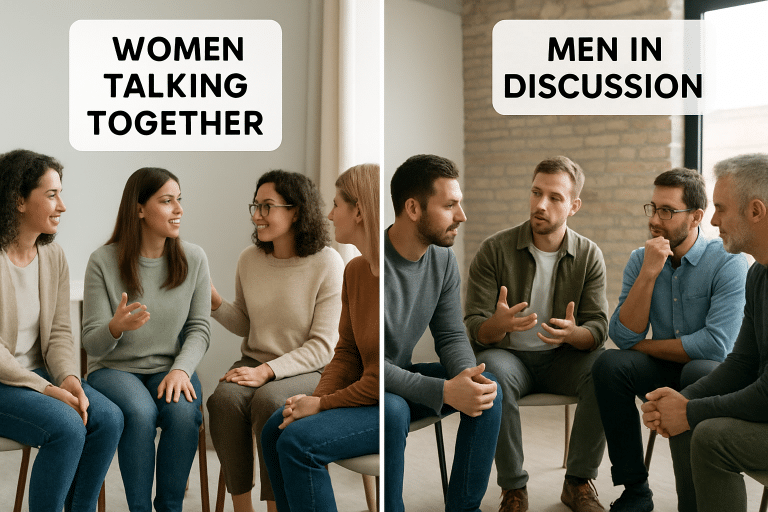Ever wonder why some election polls predict winners perfectly while others miss the mark completely?
Election polling has become a central part of modern politics, enabling voters, the media, and campaigns to track candidate support in the lead-up to voting day.
These surveys shape public opinion and inform campaign strategies across the nation.
However, polling accuracy varies widely based on various factors. Some polls nail predictions within percentage points, while others surprise everyone with unexpected results.
Modern polling faces new challenges from changing technology and declining participation rates.
In this blog, I’ll explain how election polls work, what makes them accurate or unreliable, and why they sometimes fail to accurately predict actual voting outcomes.
What Are Election Polls and Their Importance?
Election polls are surveys that ask voters about their preferred candidates in the lead-up to election day. These research tools help predict election outcomes by collecting data from representative groups of people.
Polling organizations contact voters through phone calls, online surveys, and face-to-face interviews. They use statistical methods to project how the entire population might vote based on smaller sample groups.
Key reasons why election polls matter:
- Voter guidance: Help undecided voters see which candidates have strong support.
- Media coverage: Provide journalists with data to report on campaign progress.
- Campaign strategy: Allow candidates to adjust their messaging and resource allocation.
- Public interest: Keep citizens engaged in the democratic process.
- Historical record: Create data for researchers to study voting patterns.
- Market confidence: Give businesses and investors insight into potential policy changes.
Polls serve as a bridge between candidates and the public during election seasons. They offer valuable insights that shape how campaigns operate and influence voters’ final choices.
Key Factors that Influence Poll Accuracy
Several elements can make election polls more or less reliable when predicting voting outcomes. These factors determine how closely poll results match actual election results.
1. Sample Size and Demographics
Larger sample sizes typically produce more reliable results than smaller ones. Polls require a sufficient number of participants to accurately represent different age groups, income levels, and geographic areas.
When polls include diverse participants that mirror the actual voting population, they tend to be more precise. Unbalanced samples can skew results toward certain candidate preferences.
2. Timing of the Poll
Polls conducted closer to election day usually show more accurate results than early surveys. Voter opinions can shift significantly as campaigns progress and new information emerges.
Late-deciding voters often change their minds in the final weeks leading up to elections. Early polls may not capture these last-minute shifts in voter sentiment and candidate support.
3. Question Wording and Survey Method
How pollsters phrase questions can influence how people respond to surveys. Leading or biased questions may prompt respondents to provide answers that are not their honest opinions.
Phone surveys, online polls, and face-to-face interviews each have different response rates. Some methods reach certain voter groups more effectively than others, which can impact overall accuracy.
4. Response Rates and Participation
Many people refuse to participate in polls, which can create gaps in representation. Lower response rates make it more challenging to obtain an accurate picture of voter preferences.
Certain voter groups are more likely to participate in polls than others. This participation bias can lead to results that overestimate the support levels of some candidates.
Election Polling Accuracy: How Reliable Are Polls?

Polls provide us with useful snapshots of voter sentiment, although their precision depends heavily on how accurately they capture real-world dynamics.
Most professional polls achieve accuracy within 3-4 percentage points of the actual results when conducted properly.
As we discussed above, poll accuracy varies based on the factors that influence its reliability. Professional polling organizations with established methods usually produce more reliable results than casual internet surveys.
National polls are often more accurate than state-level polls because they have larger sample sizes and more resources. However, polls are snapshots of voter opinion at one specific moment.
Recent elections have shown both successes and failures in polling accuracy. Some races were predicted correctly within narrow margins, while others surprised experts and pollsters completely.
Did You Know? The average polling error in presidential elections over the past 20 years has been about 2 percentage points, but individual polls can be off by much more.
Breaking Down the Margin of Error in Polling
The margin of error shows how much a poll result might differ from the actual population opinion. This statistical measure helps voters understand the potential accuracy range of any polling data they see reported.
Key points about margin of error:
- Most polls report plus or minus 3-4 percentage points.
- Set at a 95% confidence level for accuracy.
- Larger samples create smaller margins of error.
- Applies to each candidate’s numbers individually.
- It can make close races appear tied or further apart.
This means if a candidate leads 52% to 48% with a 3-point margin of error, the real numbers could range significantly.
The leader might have anywhere from 49-55% support, while the opponent could have 45-51%, making the race potentially much closer than it appears.
Why Do Election Polls Sometimes Fail?

Election polls can fail for several reasons, even when conducted by reputable organizations. The most common issue is reaching the wrong mix of voters who don’t represent the actual electorate on voting day.
When key groups opt out of surveys, pollsters struggle to capture the full diversity of the electorate, leaving blind spots in the final results.
The “shy voter” effect also impacts accuracy, as people tend to give socially acceptable answers instead of honest ones.
Some voters feel uncomfortable sharing their true preferences with strangers or worry about being judged by pollsters.
Last-minute changes in voter opinion can make even accurate polls look wrong. Many voters make final decisions in the voting booth after polls have been conducted, especially in close races with multiple candidates.
How Election Polling Accuracy Has Evolved?
Polling methods have undergone major changes as technology and voter behavior have shifted over time. What worked well for pollsters in the past doesn’t always produce accurate results today.
| Polling Era | Main Methods | Response Rates | Key Features |
|---|---|---|---|
| Traditional Polling | Landline phones only | 60-70% | Simple random dialing, voters at home |
| Modern Challenges | Cell phones + caller ID | 20-30% | Call screening, lower participation |
| Current Methods | Online + social media | 15-25% | Multiple survey approaches, mixed methods |
| Today’s Techniques | AI + statistical models | 10-20% | Real-time data, turnout predictions |
The biggest change isn’t just technology, it’s how pollsters think about voter behavior. Modern polling focuses more on predicting who will vote rather than just asking who they prefer.
Wrapping It Up
In summary, election polls offer valuable insights into voter preferences, but they should be viewed as educated estimates rather than exact predictions.
Even trusted polls must adapt constantly to new technologies and shifting voter habits, which means predictions will always carry an element of uncertainty.
The key to understanding polls lies in recognizing their limitations. Margins of error, sample biases, and timing all affect results.
Modern polling has improved through the use of multiple survey methods and more advanced statistical modeling, yet unexpected outcomes still occur.
What’s your experience with election polls during recent campaigns?
Do you find them helpful for staying informed, or do you think they influence voting decisions too much? Share your thoughts below.






































